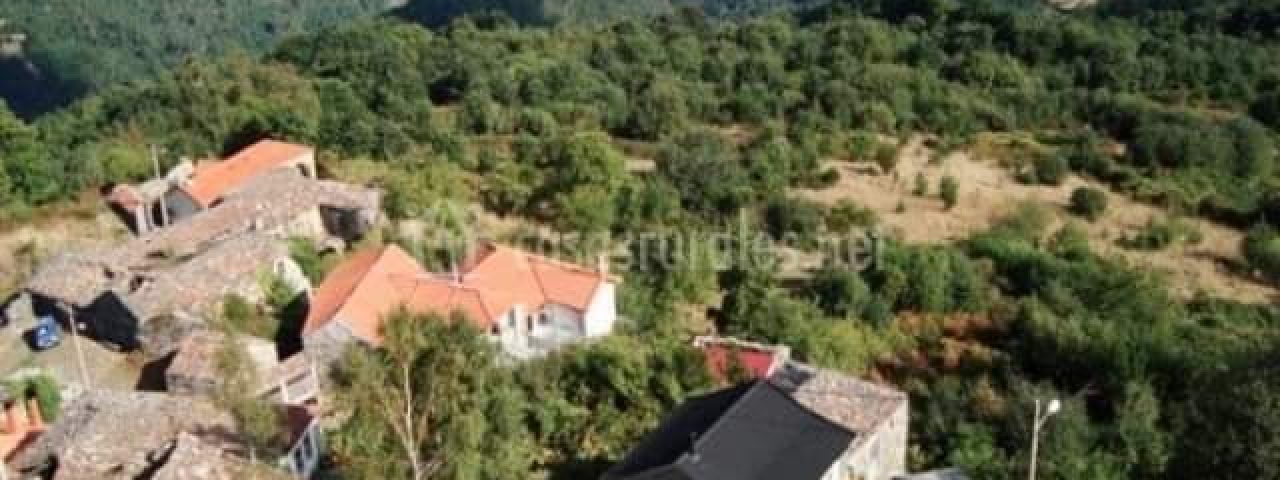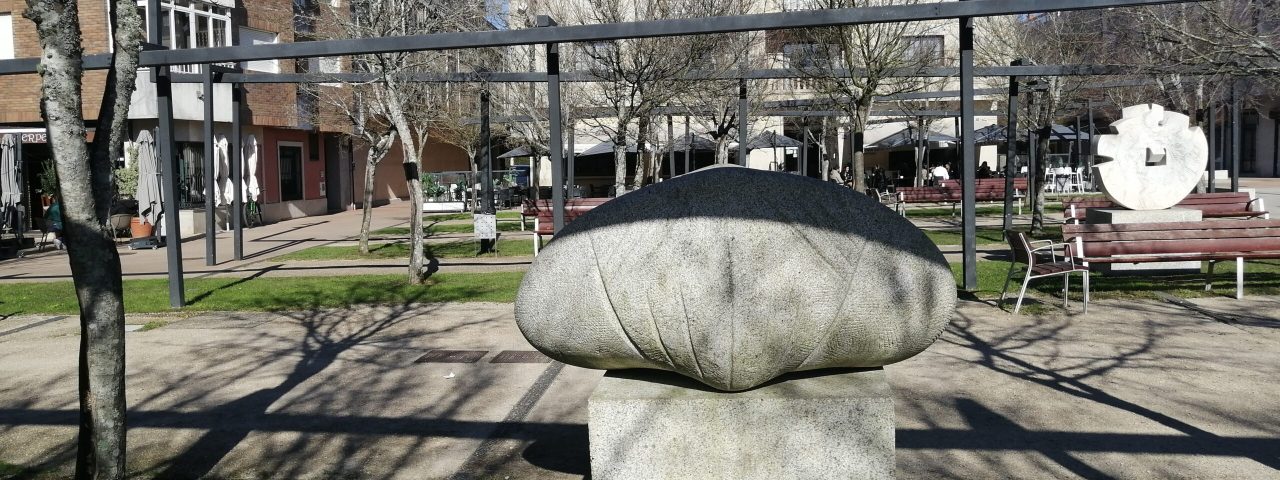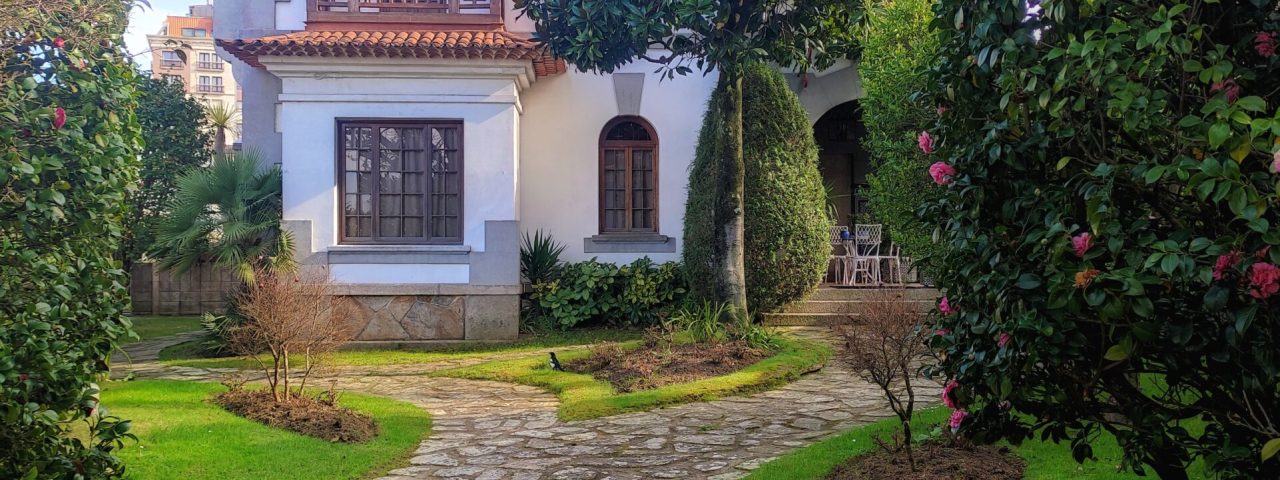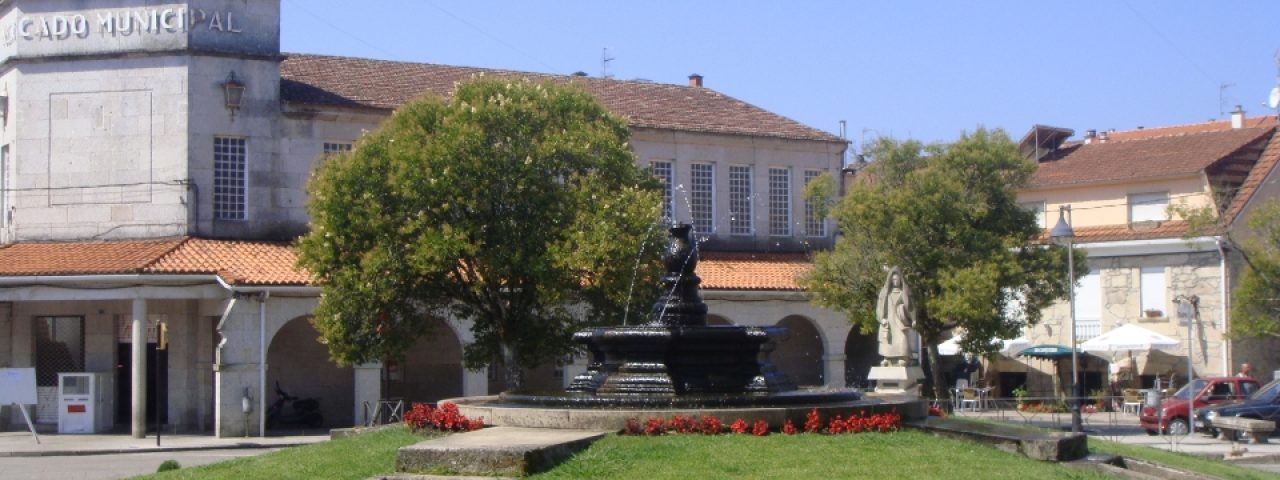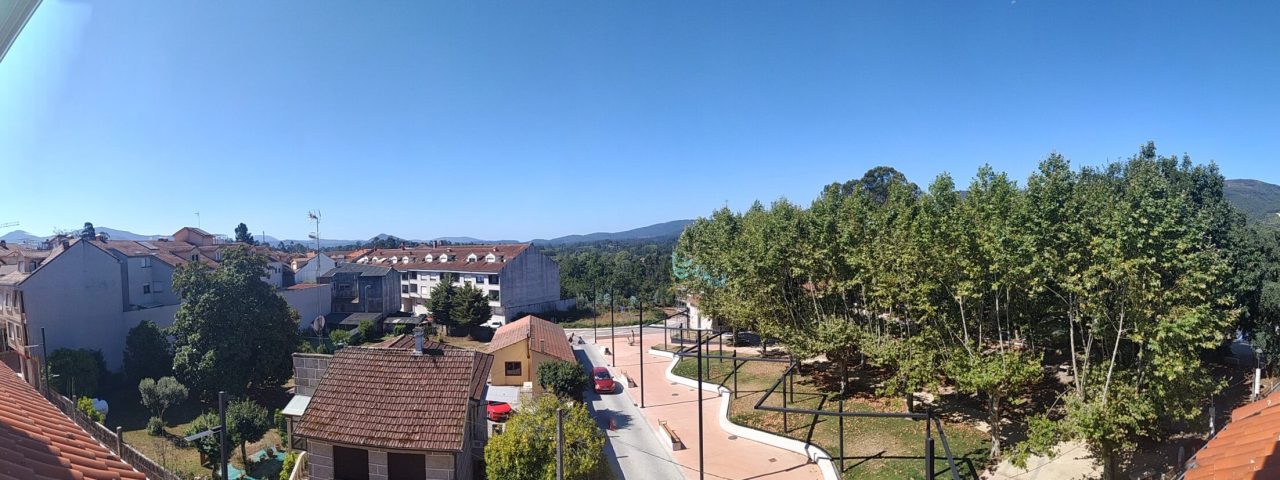Tomiño has a rich historical background that has been shaped by various cultural influences over the centuries. The area was originally inhabited by pre-Roman peoples, as evidenced by the numerous archaeological remains found in the region. During the Roman era, the region became an important route due to its proximity to the River Miño and its strategic location between Spain and Portugal. Over the centuries, the area saw numerous cultural shifts, from Roman to medieval Christian influences, which are still evident in the local architecture and customs.
One of the most significant cultural events in Tomiño is the Festa de San Telmo, a celebration in honor of the town’s patron saint. This festival, held annually, includes traditional music, processions, and local food, and it draws visitors from neighboring regions. Tomiño is also known for its strong agricultural traditions, particularly its vibrant flower-growing industry, which has contributed to the town’s economy and cultural identity.
The town’s proximity to the River Miño has made it a focal point for cross-border trade and cultural exchange with Portugal, and this influence can be seen in the language, food, and customs shared between the two regions. Historical landmarks such as old churches, rural manor houses, and ancient stone crosses (“cruceiros”) reflect the town’s rich past and provide cultural attractions for visitors.
